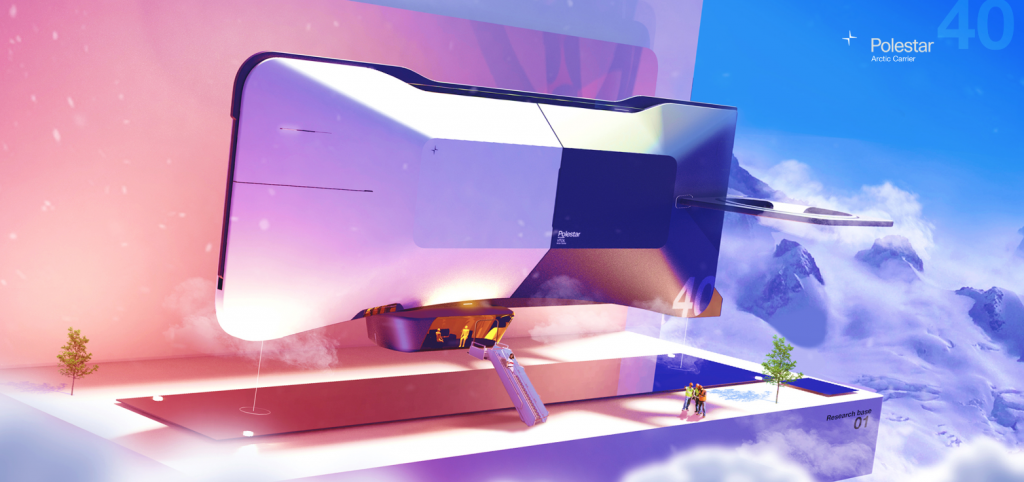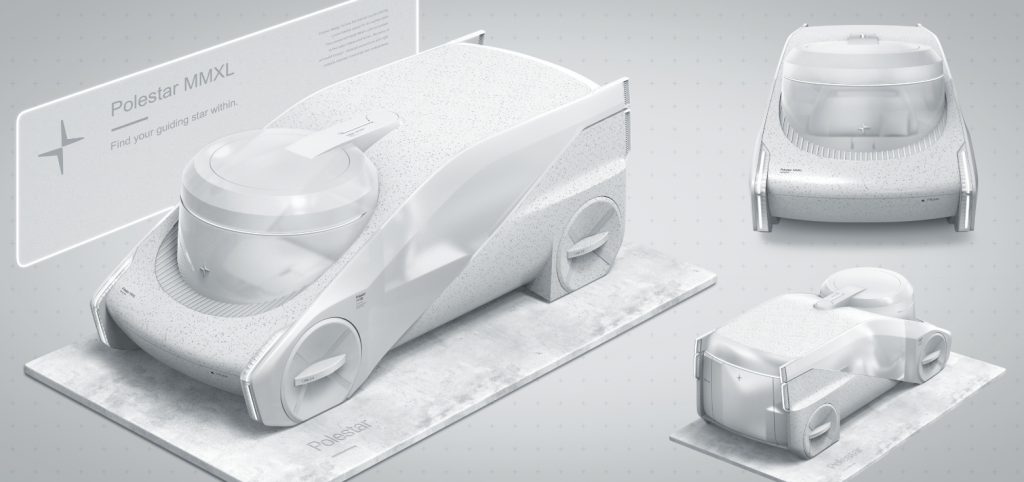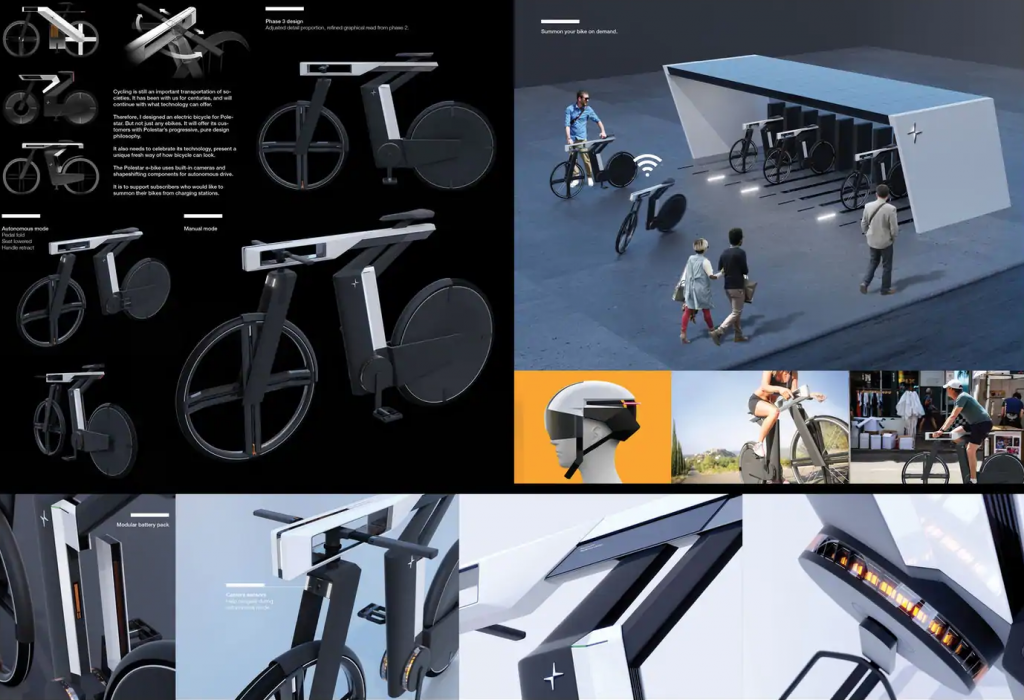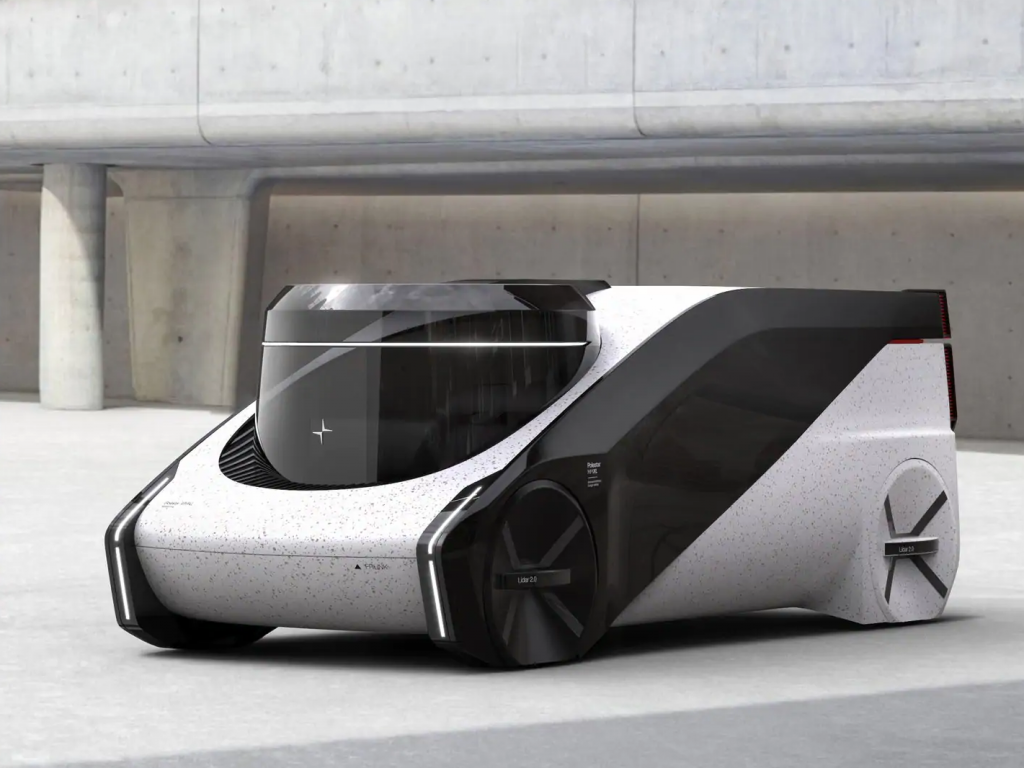Insight Into Polestar’s 2020 Design Contest
CEO Thomas Ingenlath and design director Max Missoni on the brief, the brand and the brilliant winning concepts

Back in June, the debut Polestar Design Contest—a competition open to professional and student designers all over the world—launched. The brief was broad, and up for interpretation, with the theme being “pure.” From the Swedish automotive brand, it reads: “Design a new Polestar that is the purest of designs, one from 20 years from now, which showcases what Polestar’s slightly-more-distant future will look like (but still within the realm of possibility). It could be a car. It could be something else. What it has to be is a vision of Polestar’s design evolution in the year 2040, following the Polestar design philosophy.”

With the winners just announced, we wanted to know why the brand made the choices they did—selecting an electric-and-helium airship, an autonomous car and an electric yacht—and why they decided to launch the competition. The contest, CEO Thomas Ingenlath explains, grew out of a phenomenon that took the nascent brand (only independent from Volvo under Geely ownership since 2017) off guard. “On social media, people started making and sharing Polestar-ish things, totally un-asked for by us,” he tells us. There was quite the litany, ranging from cars to furniture and architectural structures. “It was so inspiring to see what people did,” he continues. “And it taught us so much about our brand as well.”
The team at Polestar felt the next logical step was creating a formal design competition, and yet Design Director Max Missoni says that, internally, the idea of Polestar itself is actually difficult to define—which made the brief for the contest that much more elusive.

As a way of defining Polestar, Missoni explains what the contest design brief really meant by the term “pure.” He tells us, “That word is often confused with simplicity.” But that wasn’t the competition’s goal. Missoni believes that purity is actually “just the right amount of something. To get to purity, you gain emotional satisfaction but you don’t get tired of it.” To achieve that, designers must pare back and examine their ideas over and over again. “You have to ask,” Missoni says, “is this really reduced to the exact perfect amount of something?”

The goal of the contest isn’t simply to choose winners and share their concepts. Rather, the real win was allowing ten finalists (five student and five professional) to refine their ideas in concert with Missoni and the rest of the Polestar design team. The finalists created everything from prosthetic springlike blades for walking to a portable home-like pod. While admitting the brief was broad, Ingenlath says the entries that made it to become finalists have been “mind-blowing.”
Each finalist was offered mentoring from Polestar, and from them, the three winners worked with the team to further refine their designs—teasing out those Polestar-esque elements even more. Ingenlath (himself formerly a designer for Volvo) says that collaboration is simply how things work in the auto industry. “It’s rarely that you just have an idea and then it’s picked and then it’s done and it’s great,” he explains. “It’s mostly going through a query and curation process, and vetting.”

The three winners managed to embody an external, sculptural simplicity while including a bit of mystery. Polestar has wanted that in the brand since first announcing they wouldn’t have car dealerships, but rather Polestar Spaces where buyers are educated on the brand in a place that’s visually compelling, drawing people inside to find out more. “The exterior should raise the question of what’s inside,” Ingenlath explains, saying that the more sculpture-like a shape can be, the more value it has. “It doesn’t remind you of a car or an airship,” he says. “It just makes you want to experience and discover.”

Missoni says that’s the brilliance of Polestar Design Contest Winner (Professional) Konrad Cholewka’s Polestar MMXL 001, a car that combines simple geometries to solve a vexing problem of future, autonomous vehicles. Missoni points out that Cholewka thought about being a solo passenger—a position that most people would enjoy more when able to see as much of the outside world as possible. Hence, Cholewka designed a spherical, rather than flat, front window. That same structure allows individuals to rotate the perspective and face inward in order to interact with other passengers.

The winners were willing to go a lot deeper than making a superficial design, too. For instance, honorable mention winner Arthur Martins’ Spänning 004 electric yacht required detailed study of the technology employed to propel a boat through water, as well as hydrodynamics, and Martins was able to iterate his initial idea so that it was both futuristic but also conceivable.
As for what the Polestar team learned from the contest, Ingelath describes the brand in contrast to Ferrari. “We developed our own language; that type of flair and vocabulary and then you see how people take that. If you imagine taking Ferrari and you make a Ferrari shoe, sometimes what you get is almost like a kind of caricature.” Ingenlath believes this process created quite the opposite. “You can design a house that looks like Polestar and it doesn’t look cheesy, and you can design an airship that looks like Polestar and it doesn’t look cheesy. It’s amazing how universally applicable it is.”
Despite the success, Ingenlath believes it’s crucial to constantly query their own motives, and apply that same process to their own designs. “We have to ask, ‘Is this really pure enough?’ We have to always repeat and test out the stories we tell within the brand.”
Images courtesy of Polestar












